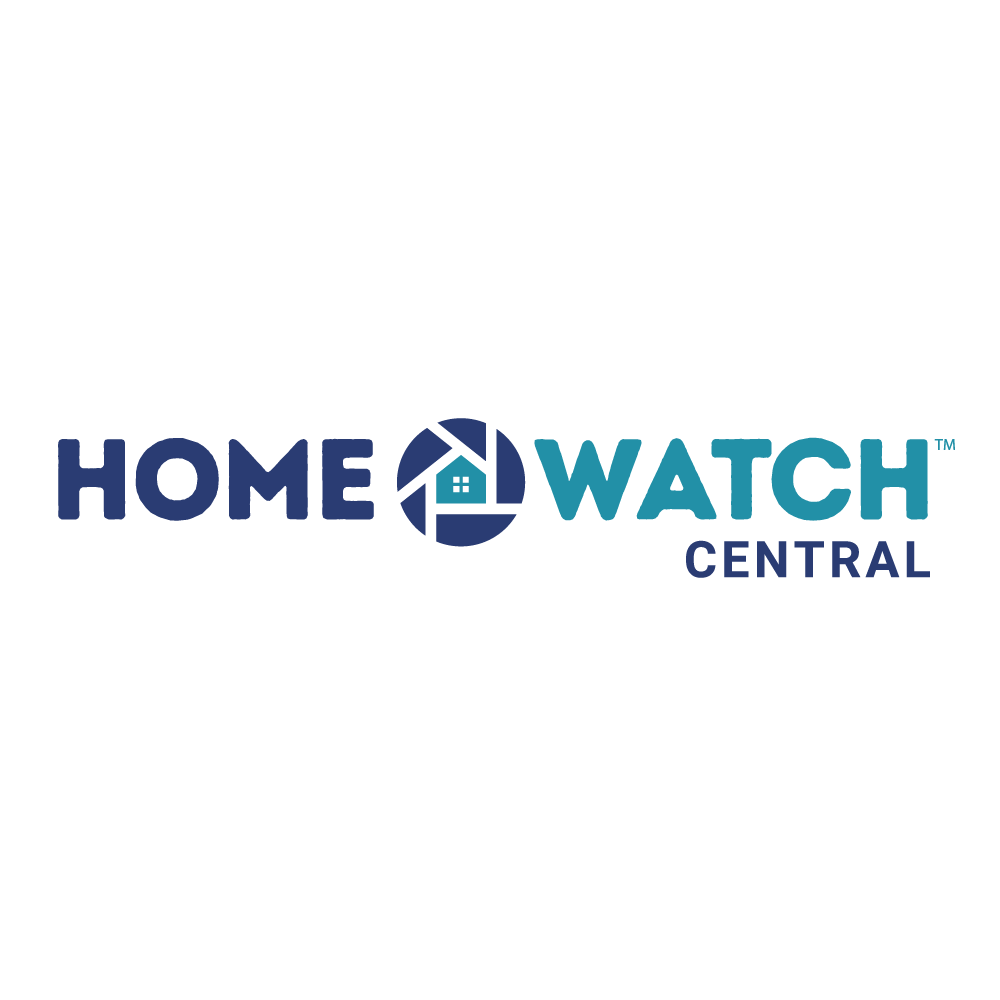Protect Your Home Watch Business:
Essential Insurance Insights
Securing the right insurance is essential for home watch business owners, as there are no standard policies tailored to this unique industry. Understanding the basics—like policy types, liability coverage, and the advantages of using a single carrier—is critical for protecting your business. With the right knowledge, you can avoid gaps in coverage and ensure your home watch services are fully protected.
insurance built for home watch pros
Insurance for home watch professionals has long been limited and hard to access. Many were forced to join groups just to qualify or ended up with poor coverage. Home Watch Central now offers robust, industry-specific insurance made just for home watch businesses.
Get a free, no-obligation quote—designed to show you exactly what coverage looks like without any pressure to commit. It’s quick, easy, and risk-free.

no obligation quote
3 key questions to ask
Not sure where to start? Make sure to ask these questions when reviewing insurance policies.
Claims Made Policy or an Occurrence Policy?
Occurrence is preferred and covers you anytime the claim comes in. Claims-made coverage only covers you for services performed during the policy period. The Home Watch Policy available through Home Watch Central is an occurrence policy.
The Home Watch insurance provided through Home Watch Central includes coverage for care, custody, and control.
Care, custody, and control coverage is generally excluded from a standard General Liability Coverage. This means that the policy won't cover property damage for properties you are in the care or control of.
Not all services you offer may be covered under the Home Watch policy.
Driving services, pet services, for example require additional coverage. Be sure to discuss all services with your agent to confirm coverages.
3
additional services
2
C.C.C.
Coverage
1
Types of
policies
understanding policy types
1
Occurrence Policy
An occurrence policy provides coverage indefinitely for incidents that occur during your policy period, regardless of when the claim is filed. This means that even if a claim is made years after the incident happened, you're still covered as long as the incident occurred while your policy was active.
This type of policy offers long-term protection and peace of mind, especially in an industry where property damage claims might not be discovered immediately.

Claims Made Policy
A claims-made policy only covers claims filed while your policy is active, making it easy to end up with gaps in coverage. If you switch providers or miss a renewal, you could be left unprotected, especially if the retroactive date is reset. And if you close or sell your business, you’ll need to buy costly Tail Insurance to stay covered. For many home watch professionals, these risks make claims-made policies a less reliable option.

care, custody, and control
2
Many standard general liability policies specifically exclude damages to property under your supervision, creating a dangerous coverage gap for home watch businesses. Without explicit Care, Custody, and Control coverage, your insurance protection may be significantly less valuable than you believe.
Being responsible for safeguarding someone else's property. As a home watch professional, you're entrusted with the care of valuable homes and their contents
care
Having temporary charge of another's property. This includes the period when you're physically present in a client's home performing inspections or maintenance oversight.
custody
control
Possessing the authority to manage or oversee the property. Your role inherently involves some degree of control over client properties, making this coverage element particularly relevant.
SINGLE CARRIER COVERAGE ADVANTAGES
3

avoiding coverage disputes
When different insurance companies provide your various liability coverages, there's an increased risk of disputes between carriers regarding which policy should respond to a claim. This can lead to delays in claim resolution and potentially leave you caught in the middle of insurance company disagreements..
STREAMLINED CLAIMS PROCESS
Having a single carrier simplifies the claims process considerably. You'll have one point of contact, one set of procedures to follow, and a more straightforward path to resolution when incidents occur.


comlpete coverage
A single carrier is more likely to provide truly comprehensive coverage without gaps between policies. The insurer has a complete picture of your business risks and can structure coverage accordingly. This consolidated approach not only provides better protection, but often results in more efficient premiums.

